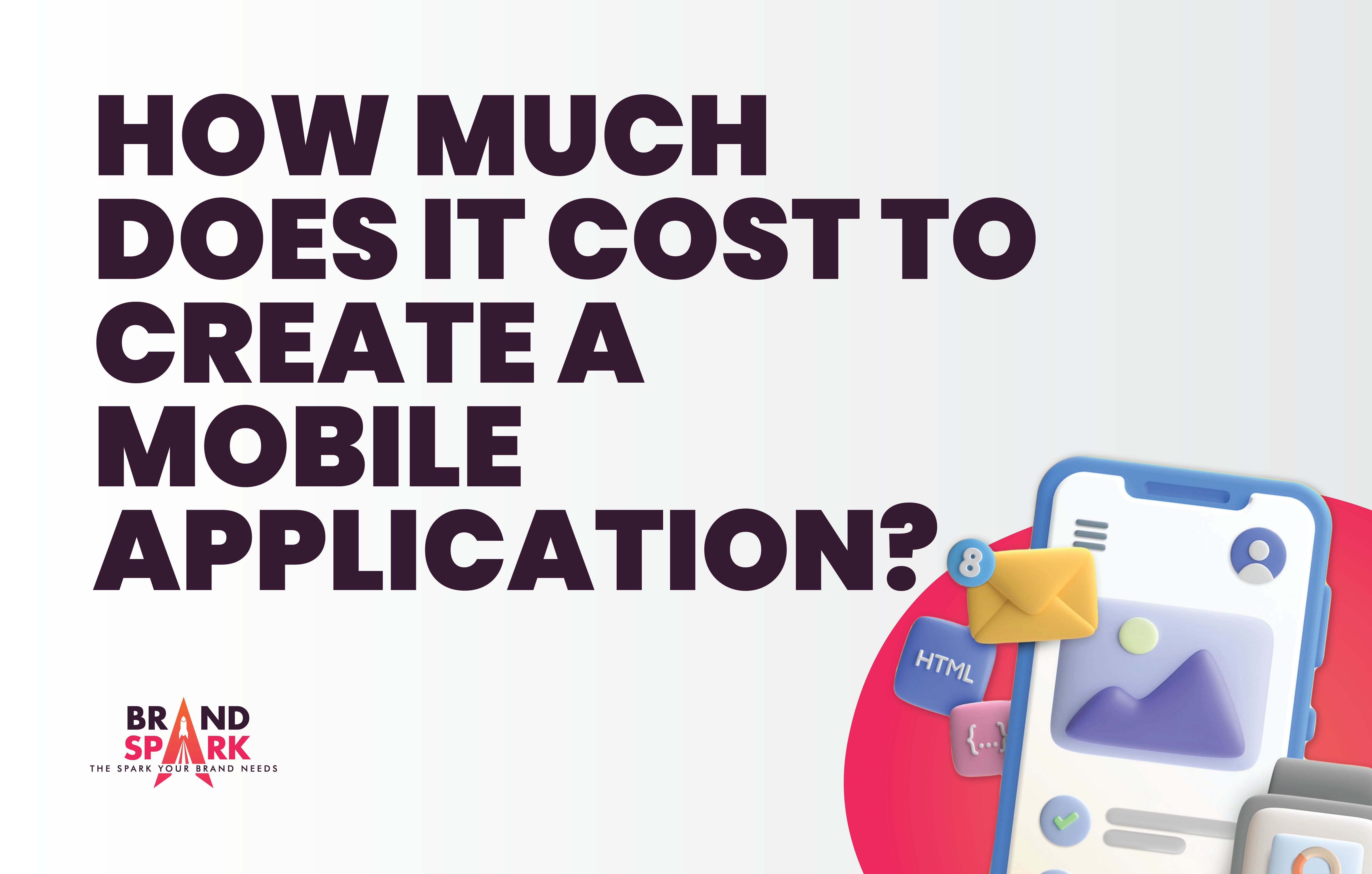By providing the more individualised user experiences and more streamlined feedback loops for analytic, mobile apps enable businesses to strengthen their relationships with their customers.
It should come as no surprise that a lot of big companies want to port their services to the devices on which the majority of their customers spend the majority of their time because having a mobile app comes with a number of advantages. How much does it typically cost to develop a mobile application?
According to a survey conducted by Clutch, the minimum cost of an app development project ranges anywhere from $6,000 to $1 million on average; however, these starter projects only cover the discovery phase. The true costs are significantly higher, with a median total cost of 171,450 dollars for the development of an app.
According to the mobile app developers, the price of a simple app can range anywhere from $5 million to $60,000, the price of a medium-complexity app can range anywhere from $61,000 to $69,000, and the price of a feature-rich app can range anywhere from $75,000 to $100,000.
Although it would be convenient to have a single number to refer to, the reality is that the cost of developing a mobile app can range widely depending on a number of different considerations. In this blog, we’ll take a look at the multitude of expenses associated with developing a mobile application.
How Much Will Your App Cost? Consider These Five Factors
When deciding how much to spend on creating a mobile app, it’s important to take into account the following five aspects:
Prioritize Quality, Cost, and Time in App Development
Honesty about your values and goals is essential. One software development guideline is shown in the accompanying graphic. Think about the following three criteria: quality, speed, and cost. All three features of your project are desirable, but only two are possible.
Let’s pretend you’re in the position of having to decide between spending more money and getting the app out faster, or spending less money and taking your time. The preferred time-frame for development is no more than 12 weeks. Design and product definition take time, so your overall schedule will be stretched out. If you want to cut costs without sacrificing quality, consider outsourcing to a country like India or the Philippines.
In-House and Remote App Development
You may have decided to hire a team of mobile app developers because you know they can get things done. Without internal resources, they won’t be able to become experts in software development.
Find out who will be working on the project and what apps they have developed in the past. If you’d like to evaluate the resources’ communication abilities, you can also request to speak with them directly.
The design phase is where having in-house engineers can really make a difference compared to outsourcing development, which is still much cheaper. Incorporating technical expertise into product planning will also result in cost savings.
When competent on-site engineering teams can focus on the most important parts of a project while outsourcing the less crucial parts, this “hybrid” strategy can save time and money. However, without a solid on-shore engineering team, this strategy won’t work.
Waterfall vs. Agile Development Process
The two most common app development processes, waterfall and agile.
In order for the development process to go smoothly, Waterfall requires a well-defined documentation strategy to be established in advance. Scrum requires minimal planning and documentation in advance of a project’s launch. In agile development, the standard time frame for a developer’s work is a “sprint,” typically consisting of two weeks.
However, with waterfall development, you can be sure of both the final product and its price. Keeping detailed records of a well-organized project also makes it simpler to make changes down the road.
Cost overruns are common because of the lack of an overarching plan, but it’s easier to make changes in response to customer feedback and incorporate other considerations.
If you use agile development, you can have smaller releases at the end of each development cycle, which improves your chances of making your launch date and reducing your time to market.
Fixed-Fee vs. Time-and-Materials Costs
The waterfall structure is a common method of establishing a flat rate for the completion of a project. The cost of designing and documenting your app is X, and then you pay Y for its development. It’s inevitable, however, that you’ll want to make some adjustments.
Your “locked-in” price might not be as advantageous as you think when you add in potential repeat orders and additional time to market. The end game is to walk away with a fantastic product that aids in advancing the company’s goals.
Keep in mind that most top-tier developers have a strong bias toward agile settings. There are times when a fixed-fee structure can compromise the competence and professionalism of developers.
Estimate Creation
Your app’s final price tag may also be heavily influenced by this last consideration. How do we come at an estimate? You should budget an extra 20% for your developer’s costs. It’s a sobering truth, but one that holds true in the business world.
The Bottom Line
The cost of creating an app can be estimated by giving careful consideration to the following five factors. All prospective development partners should be assessed in accordance with these five standards. Everyone has their strengths and weaknesses.
Finally, remember that with lower-cost development partners, the sticker price isn’t always the true cost. Finding a reliable app developer will not come cheap, but the investment will be well worth it.












